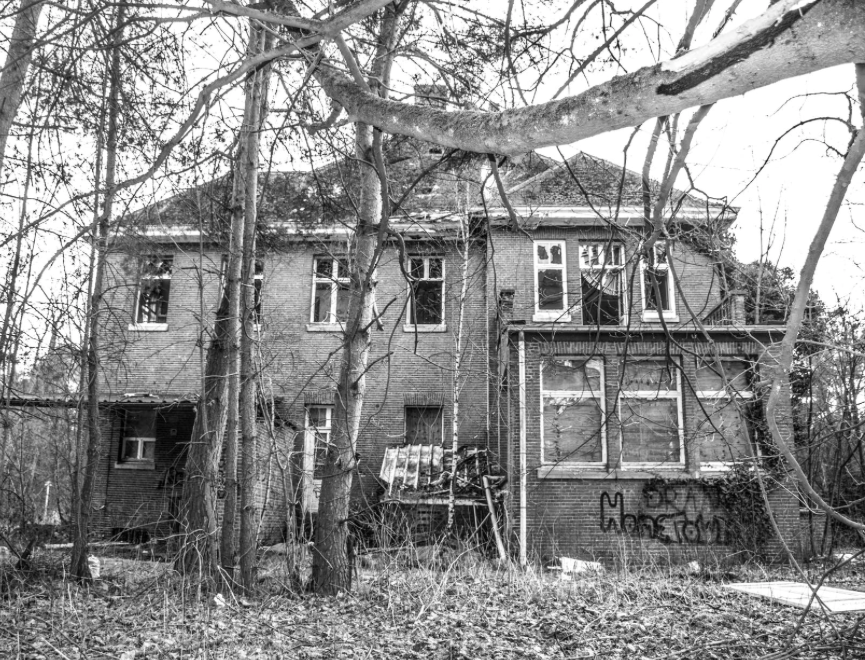It can be quite confusing when you see a big valuation difference between the value that the tax assessor places on a property and the value that a consumer site like Zillow places on a property. Fortunately, there is a way to figure out what the approximate true value of the property is without hiring an appraiser. First, you need to understand how these two values are derived.
The tax assessed value is placed on each property by the understaffed and overworked property appraiser’s office in each jurisdiction. These offices are responsible for continually updating every single parcel in the area. The only time they can really focus on a property is when it changes hands. Tax assessed values are almost always low…many times very, very low, particularly for properties that have not sold in a long period of time.
Consumer sites like Zillow, on the other hand, use algorithms based on the past sales of properties of similar size and age in the area. The models can only assume that the properties are in average condition for the area. These models, however, can’t account for the nuances of the area. For instance, if a home on one side of the street backs up to the ocean while one on the other side doesn’t, it will struggle to compensate for that huge difference in desirability. No agents or appraisers are visiting these properties when they place an approximate value on the property. It’s a computer program that utilizes public information…nothing more.
The best way to determine the true value of a property is to look at the last few sales of properties that are in good condition that are similar in age, size, and style. This is easier in cookie-cutter neighborhoods. We use at least three “Comparables”, but we prefer to use a couple of more than that. We’re trying to determine the “As Repaired Value” of the property (The ARV). Once you determine the ARV, you take into account the amount of money and time that it will take to complete the project as well as the profit margin that we need to make. We built a model to help us determine the “Strike Price”, or the highest price that we can pay for the property for it to be profitable.
One thing to keep in mind is that financial institutions and servicers that foreclose on properties have a tendency to ignore the amount of work that it will take to bring the property up to the neighborhood standards. That being said, you will see a lot of dilapidated properties at incredibly high prices just sit on the market.
We always confer with a good real estate agent that is familiar with the neighborhood in question. If we don’t know the area well, it’s critical that you have someone in your corner that knows the area and can provide you with information that you might not find on line. Develop your model and trust what your model tells you. Never count on what the seller or a wholesaler tells you the value of the property is. That’s for you to decide.

